Keep the Tail Wagging is supported by pet parents. I occasionally earn a commission (at no additional cost to you) when you click through an affiliate link to one of my favorite products. Thank you for your support. Read More
I was TODAY years old when I learned that we should store fish separately when preparing meals for our dogs. I add fish (sardines, salmon, mussels) to their dishes at mealtime instead of mixing seafood into my DIY raw blends, but I used to add it to the grinds to save time and freezer space. Could this be why my dogs tested positive for a vitamin B deficiency? I've heard of thiamin, but I've never heard of thiaminase until someone randomly mentioned it when discussing her meal prep in the private group.
I used to get frustrated when presented with new information, but now I get excited because I can learn something new and improve my dogs' diet.
To be clear, this article does NOT suggest that we can't feed fish to dogs or that we need to cook all seafood. The issue is with storing fish with raw meals for an extended period. When I do meal prep, I do not mix sardines into my grind to avoid a thiamin deficiency; however, I add oysters because they do not contain the enzyme thiaminase.
What is Thiaminase?
Thiaminase is an enzyme found in some plants, fish, and shellfish. Combining vegetation or fish containing thiaminase with raw protein blends risks a deficiency of thiamin (Vitamin B1). Vitamin B1 is an essential nutrient that supports the metabolism by helping our dogs convert food to energy. Thiaminase attaches itself to thiamin (Vitamin B1), rendering it inactive.
I could not find any hidden benefits to thiaminase.
Symptoms of a Thiamin (B1) Deficiency
Dogs can't create thiamin; they get Vitamin B1 through diet. Because this nutrient is water-soluble, our dogs don't store it either, which is why this topic is so important.
If a dog is experiencing a thiamin deficiency, we'll first see a decrease (or lack) in appetite, weight loss, and gut/digestive issues. If the deficiency continues, we'll also see neurological symptoms, neuromuscular weakness, and decreased pupil light response.
How to Correct a Thiamin (B1) Deficiency
If you suspect a thiamin deficiency, contact your veterinarian immediately. Suppose it's determined that your dog is deficient in Vitamin B1. In that case, your veterinarian may prescribe intense thiamine treatment via intramuscular injections for several days, followed by a few weeks of oral treatment.
Plants that Contain Thiaminase
My research hasn't found any vegetables that contain thiaminase. The main concern is for pasture-raised animals, as the following plants can unintentionally become part of an animal's diet or contaminate hay.
- Bracken Fern
- Horsetails
- Nardoo (an Australian fern)
- Summer Cypress
- Rock Fern (Australian)
Fish With and Without Thiaminase
There are several lists online of fish with and without thiaminase. I chose NOT to copy and paste because of copyright and because I'm unfamiliar with the fish families. For example, mackerel falls on both lists, the difference is the species.
For a complete list, CLICK HERE. The following lists are limited to the fish (or fish oil) I feed to my dogs.
Fish WITH Thiaminase
- Anchovy
- Carp
- Clams, Hawaiian
- Herring, Atlantic
- Mackerel, Pacific
- Mussels, Blue*
- Sardines
- Scallop
- Shrimp
- Smelt, Rainbow
- Squid, Hawaiian
- Tuna
- Whitefish
*I was not able to find information specifically on green-lipped mussels. I think it's safe to say that blue-lipped mussels have a similar nutrient makeup.
Fish WITHOUT Thiaminase
- Flounder
- Haddock
- Halibut, Atlantic
- Herring, Lake
- Mackerel, Atlantic
- Oysters
- Pollock
- Rainbow Trout
- Salmon, Atlantic
- Salmon, Coho
- Shrimp
- Smelt, Pond
- Squid
- Yellowtail
Does Cooking Neutralize the Thiaminase?
Yes, cooking fish will effectively neutralize the thiaminase. You may have noticed that sardines are on the WITH list. I feed fresh and canned sardines. I've read that freezing doesn't neutralize the thiaminase in seafood, but cooking does. I bake salmon before feeding it to my dogs to avoid illness caused by a parasite found in Pacific salmon – better safe than sorry.
Other seafood I feed to my dogs that is cooked includes:
- canned oysters (boiled)
- green-lipped mussels (steamed, then frozen)
When I feed raw sardines, I store the fish separately, feeding it as a side dish rather than mixing it in my 80/10/10 grind.
What About Fish Oil?
I alternate fish with fish oil from Life Line Pet Products, which I confirmed is safe for dogs. I use the following products:
- Wild Alaskan Salmon Oil
- Wild Alaskan Salmon + Pollock Oil
- Wild Alaskan Fish Oil (pollock)
- Omega Fish + Hemp Seed Oil (menhaden)
Fish oil isn't a concern because (1) I don't mix it into my DIY raw blends, and (2) the process of making fish oil deactivates any thiaminase that may exist (depending on the fish used).
Thiamin (B1) Supplement for Dogs
I don't recommend supplementing thiamin unless you know your dog needs it. Because Vitamin B1 is a water-soluble vitamin, the risk of toxicity is lower. The first time I had my dogs nutrient tested, I found they were low in B Vitamins, and I initially supplemented their meals with AMINO B-PLEX from Rx Vitamins. Later, I added more pork and beef heart to my meal prep.
Because thiaminase deactivates thiamine, adding this supplement to a blend containing one of the offending fish would be pointless. It's easier for me to avoid the fish on the WITH THIAMINASE list, focusing on the seafood on the WITHOUT THIAMINASE list.
Foods Rich in Thiamin (B1)
According to the internet, the minimum thiamine requirement for an adult dog is 0.56 mg per 1,000 kcal metabolizable energy. AAFCO recommends 1 mg per every 2.2 lbs of body weight. The following list of foods rich in thiamin is from highest to lowest; the milligrams are per 100 grams (3.5 ounces).
- flax seed – 1.64 mg
- sunflower seeds – 1.58 mg
- hemp seeds – 1.28 mg
- pork – 0.706 mg
- salmon – 0.340 mg
- spirulina – 0.350
- mussels – 0.303 mg
- chicken liver – 0.289 mg
- tuna – 0.278 mg
- fish roe (eggs) – 0.277
- trout – 0.143
The fish on this list is thiaminase-free. I only buy raw/organic seeds. Before feeding seeds to my dogs, I grind them to make them easier to digest and absorb nutrients.
Feeding and Storing Fish for Dogs
In the past, I've mixed fish, oysters, and mussels in my DIY raw blends. When I learned about the risk of a Vitamin B-1 deficiency, I knew a change was necessary. I can still add oysters, which are thiaminase-free, to my DIY raw blends, but it's easier to add other seafood to my dogs' dishes at mealtime.
Avoiding a deficiency is easy with this one; here's my takeaway.
- Store seafood separately from the other proteins.
- It's okay to feed seafood in the same MEAL as other proteins.
- Adding sardines, for example, to a dog's dish will NOT result in a Vitamin B1 deficiency.
- It is still okay to feed raw seafood to your dog, with some exceptions (i.e., Pacific salmon, raw oysters during red tide)



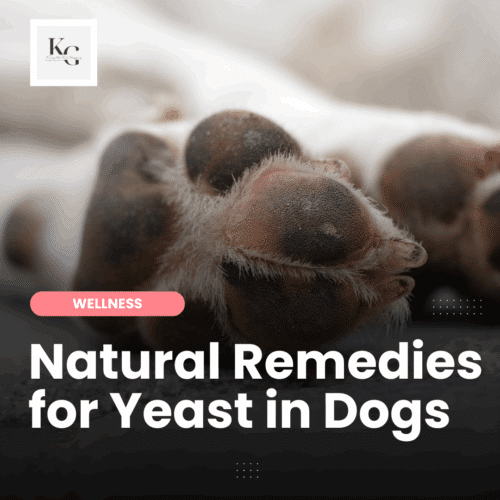
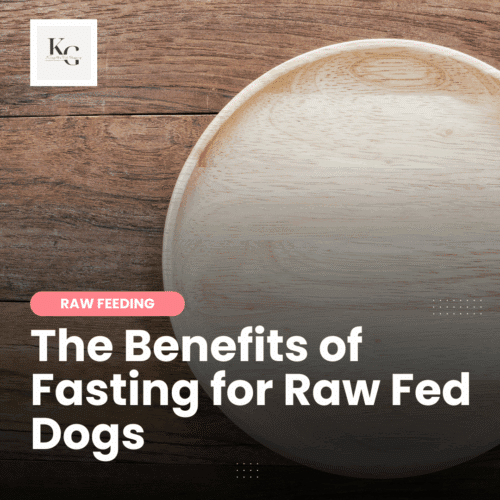
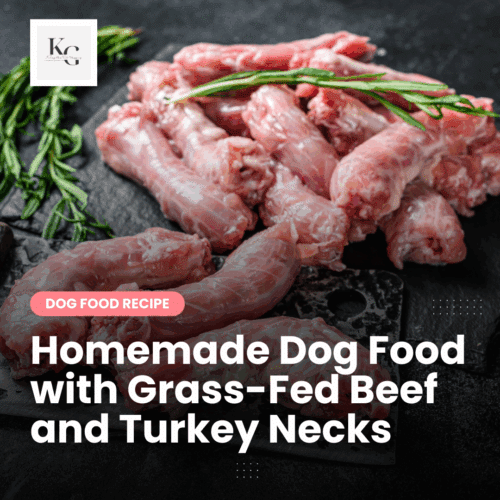
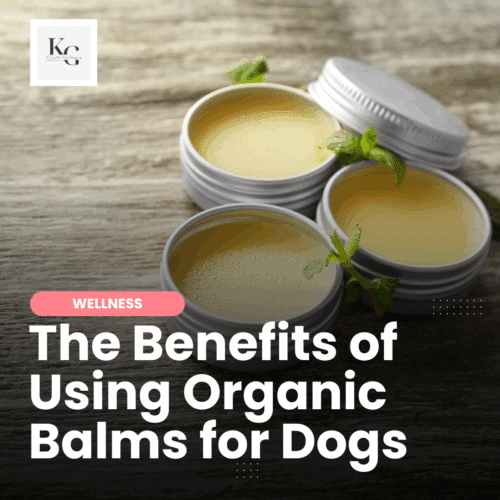

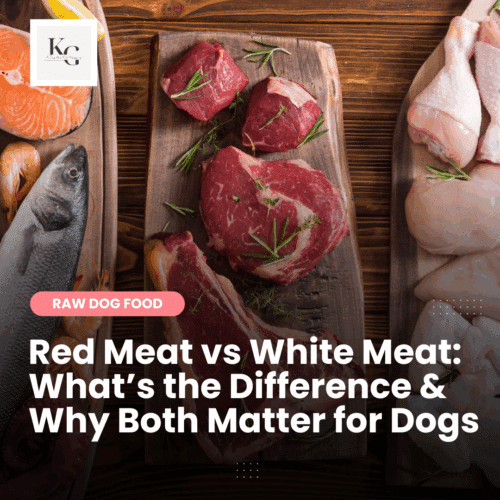
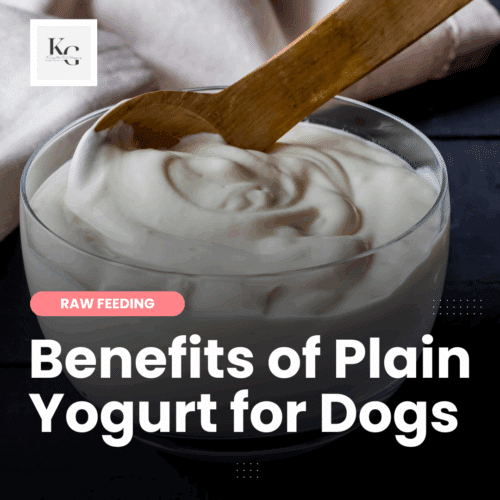


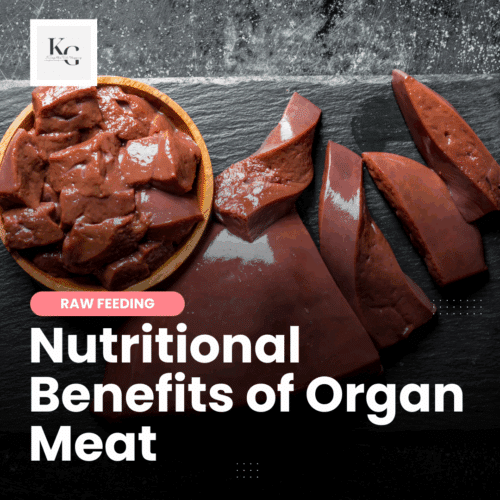


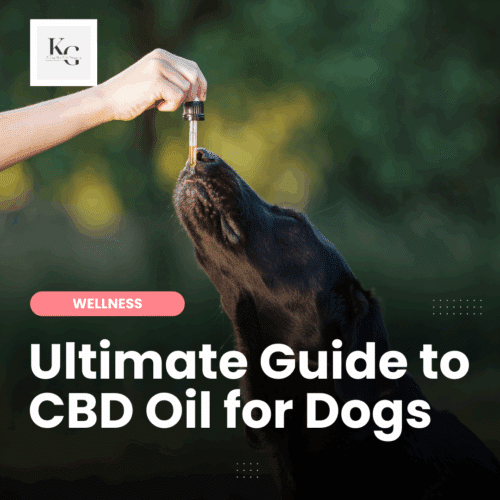
They can be digested together. You can add them to the same meal with no issues; it’s the storing fish with protein that’s the issue. Now I know why raw brands don’t offer many fish+protein blends.
I’ve been in the habit of feeding my dog a breakfast of chicken drumsticks immediately followed by sardines and fish oil. So it sounds like I should be making a change because it will be digested together?
Thanks for posting this!
Before removing it from my dog’s diet, I would follow up with the brand. I bet they’ve considered this with the type of salmon they add to the blend. I was concerned about the salmon oil that I give to my dogs and the company, Life Line, tested it to make sure there wasn’t an issue and it’s fine. Atlantic and Coho salmon shouldn’t be an issue.
I noticed you have 2 types of salmon on the without thiaminase list. I usually have a blend of salmon, beef and lamb together in my dogs raw food diet. Would it be best to stop feeding this blend?
Fantastic article…Thanks for sharing such an amazing content with us.Good job.Keep it up.